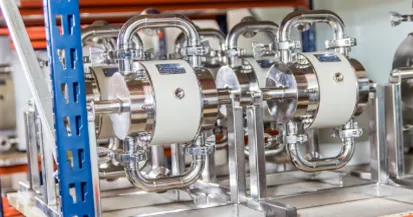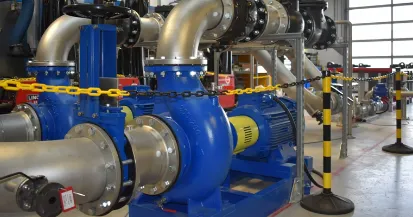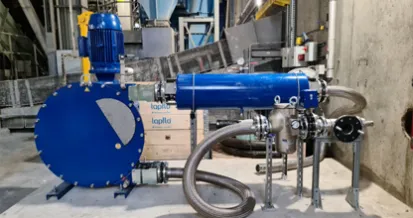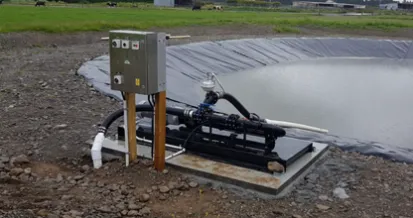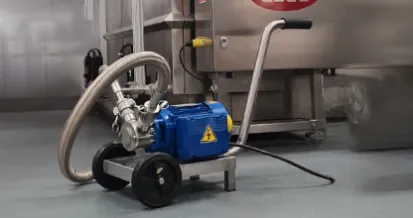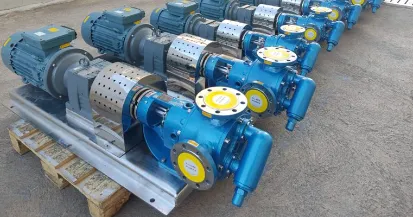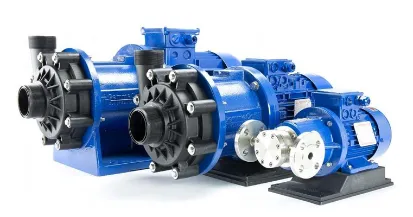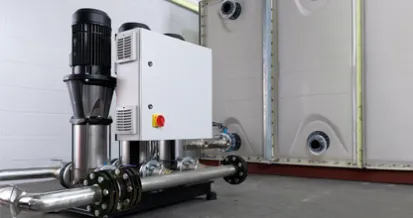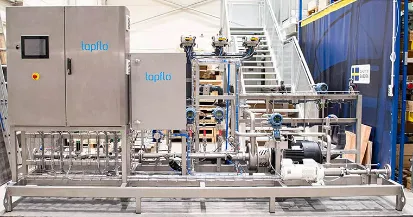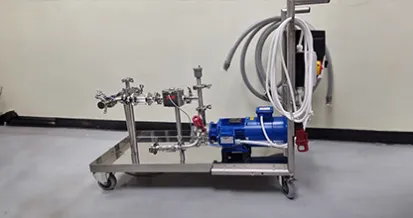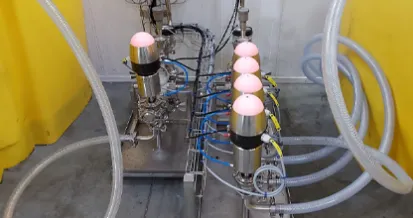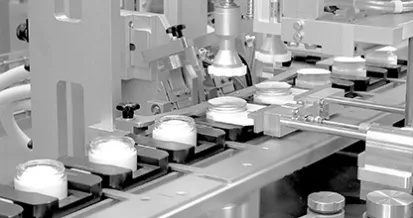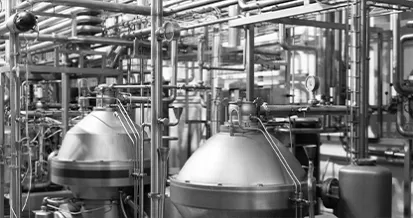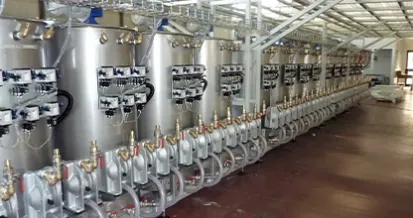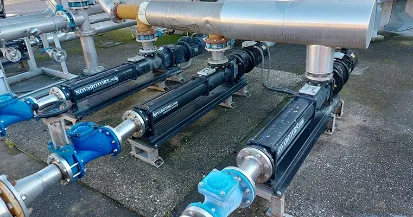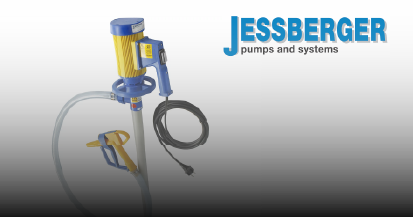Malfunctions
What are the main malfunctions and problems with the PLP Sanitary Lobe Pump?
| Malfunction | Cause | Solution | ||||||||||
|
||||||||||||
|
Wrong Direction or Rotation | Have a qualified electrician reverse the direction of rotation of the electric motor | ||||||||||
|
Pump is not completely filled with liquid | Fill the pump casing entirely with fluid and fit a non-return valve to the suction side | ||||||||||
|
Insufficient Suction Pressure / NPSHa | Increase the suction pressure, lower position of the pump further below the fluid level, enlarge suction pipe ø, shorten/simplify suction pipework, reduce operating speed, reduce product temperature | ||||||||||
|
Excessive vapour is present in the suction line | |||||||||||
|
Air is entering the suction line | Check Connections | ||||||||||
|
Gas in the suction line | Vent suction pipe/pump casing | ||||||||||
|
Insufficient static head | Increase the liquid level | ||||||||||
|
Product viscosity is too high | Lower the operating speed/increase product temperature | ||||||||||
|
Product viscosity is too low | Increase the operating speed / lower the product temperature | ||||||||||
|
The product temperature is too high | Cool the product/pump casing | ||||||||||
|
The product temperature is too low | Heat the product/pump casing | ||||||||||
|
Foreign particles are in the product | Clean the system / install a suction filter sized according to the passage of the max solid of the pump | ||||||||||
|
The pressure on the delivery side is too high | Check to pipe for obstructions / simplify the discharge pipework | ||||||||||
|
Pump casing distorted by piping | Check alignment/support the piping & install flexible couplings | ||||||||||
|
Speed too high | Lower the speed | ||||||||||
|
Speed too low | Increase the speed | ||||||||||
|
Insufficient flushing | Increase flushing capacity/pressure | ||||||||||
|
Worn out bearings/gears | Replace the worn-out parts | ||||||||||
|
Safety Valve is open | Check if the delivery valve is open / check the piping for obstructions / check the piping for pressure loss |
Inspection & Maintenance Schedule
Routine inspection and maintenance can avoid unnecessary and expensive downtime as well as operating costs. It is recommended to regularly check:
If the pump functions properly – excessive noise levels may indicate wear problems to bearings and gears, dragging of rotors/lobes on the pump casing or cavitation.
Pressure and Flow of the flushing system, if present
The temperature of the heating/cooling system, if present
Oil level in the gearbox – If the oil level has reduced, check the pump for oil leakages
Monitor regularly the pump suction and discharge pressure conditions to ensure they are in line with typical system levels.
Oil Changes
300 operating hours after the initial commissioning
Every 3000 operating hours or at least every 3 months
If not being used regularly, every 2000 operating hours, or at least every 3 months
For more help and guidance on maintaining your Lobe Pump contact Tapflo UK today by using our live chat system or by email: [email protected]

